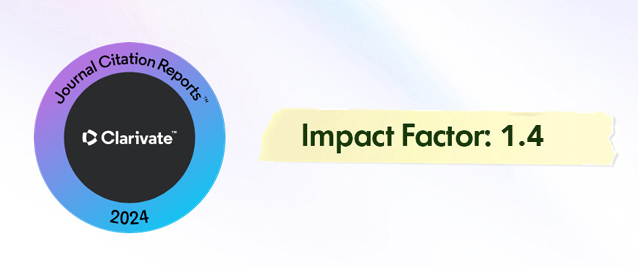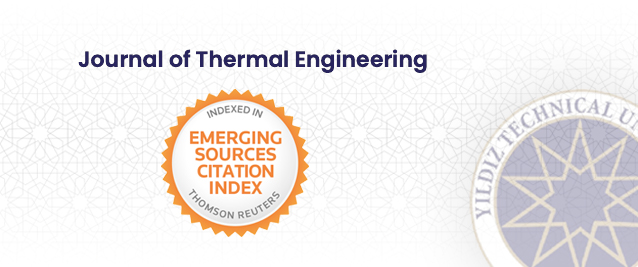2Chemical Engineering Department, National Institute of Technology Srinagar, J&K, 190006, India
Abstract
Effusion cooling technique is a highly efficient cooling method used to reduce the thermal stresses of combustion chamber liners in a gas turbine engine. The present study focuses on enhancing the adiabatic effectiveness of effusion cooling. The computational investigations are carried out using COMSOL Multiphysics 5.4 with the standard k- ε turbulence model. Detailed computations for 20 rows of effusion holes on the flat plate are examined for blowing ratios 0.25, 0.5, 1.0, 3.2, and 5.0 for each set of injection angles 30o and 60o. To enhance the effusion cooling performance, an upstream ramp (ramp angles 14o, 24o, a n d 34o) is introduced before the upstream of effusion holes. The results show that the adiabatic effectiveness i n creases w i th a n i n crease o f b l owing r a tio a n d r amp a n gles. B y p l acing a n upstream ramp, the low blowing ratios can greatly increase the adiabatic effectiveness by 29%, 31%, and 35% for ramp angles of 14o, 24o, and 34o, respectively. For high blowing ratios, an increase in the angles of the ramp shows less impact on adiabatic effectiveness throughout the effusion surface. However, adiabatic effectiveness has increased by 26% compared to the baseline model. It is also observed that injection angle of 30o provides more effectiveness than 60o. This study concludes that placing an upstream ramp increases the effusion cooling performance in the combustion chamber liners of a gas turbine engine.























